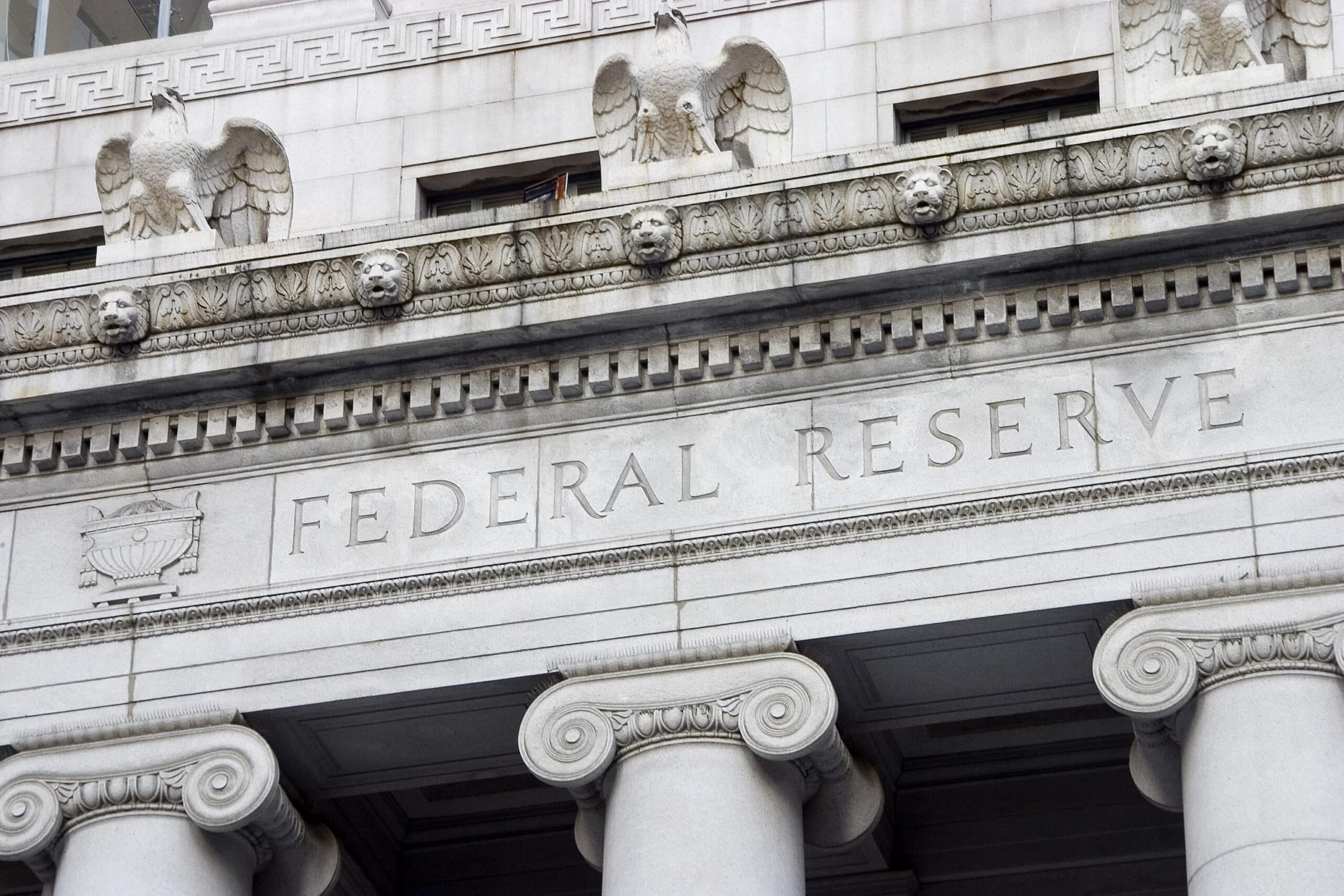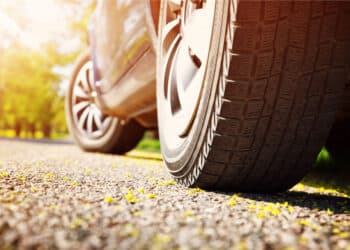S&P Stress Tests Show Rising Subprime Auto Losses
 S&P Global Ratings ran the auto finance industry through five historical stress scenarios and found that both prime and subprime losses are likely to rise in the coming years.
S&P Global Ratings ran the auto finance industry through five historical stress scenarios and found that both prime and subprime losses are likely to rise in the coming years.
While the research isn’t fully published yet, preliminary results were shared during an auto-finance-focused webcast, which showed that even the most generous stress scenario only slightly lowers the trend of increasing loss rates, said Thomas Schopflocher, senior director of structured finance research at the ratings agency.
Losses were measured based on three main factors: the national unemployment rate, the household debt service ratio, and used vehicle values as measured by the Manheim index.”
“We were able to forecast losses through various six-year horizons,” Schopflocher said. “We constructed five economic scenarios including a base case in which we assume the unemployment rate drifts down just a little bit, as per our economist’s forecast. We also assume debt service goes up a bit and the Manheim index goes down a bit — those are our expectations for the future.”
That practical base case was measured against a very positive stress scenario in which unemployment continues to decline, but there are also three historical periods of recession: the 1998 to 2003 recession, the financial crisis of 2006 to 2011, and a “worst case scenario” in which unemployment reaches 15% — heights not seen since 1940.
So how does the auto finance industry fair under these scenarios?

Prime auto loans appear well prepared to weather an economic downturn. The graph — provided by S&P — shows that prime losses would not rise as high as they did in 2009 if a repeat great recession were to happen today.
However, subprime losses don’t fair as well. The three stress scenarios comparing the current industry to a previous recession period all show subprime losses growing higher than the peak of the great recession in 2009. Even a repeat of the more mild George W. Bush-era recession would result in higher subprime charge-offs than the industry saw in 2009.
The data shows that even if the economy improved dramatically, and used car values started to rise out of their current declines, loss rates probably can’t get much lower than they are now.
The six-year model shows that even a more mild recession — similar to the one the industry experienced in the early 2000s — would be more prolonged. Around 2020 the model predicts that losses would continue to rise under this more mild recessionary period while a more severe initial recession would have higher losses up front, but ultimately result in a faster recovery.
S&P’s base-line scenario is still its prediction for the future, but these stress tests show that if the economy takes a turn, subprime auto losses would be relatively high.














